
magnetic field

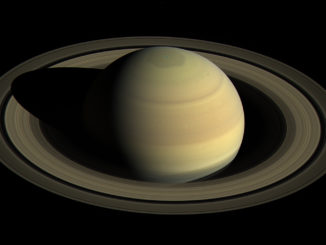
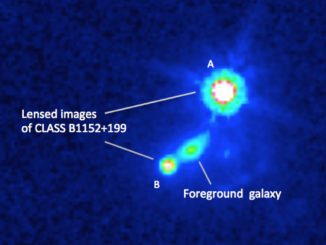
Astronomers investigate distant galaxy’s magnetic field
With the help of a gigantic cosmic lens, astronomers have measured the magnetic field of a galaxy nearly five billion light-years away. The achievement is giving them important new clues about a problem at the frontiers of cosmology — the nature and origin of the magnetic fields that play an important role in how galaxies develop over time.
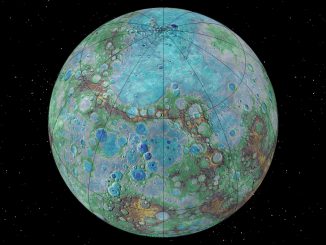
Shrinking Mercury is tectonically active
Images from NASA’s MESSENGER spacecraft reveal previously undetected cliff-like landforms on Mercury that scientists believe must be geologically young, which means that the innermost planet is still contracting and that Earth is not the only tectonically active planet in our solar system, as previously thought.
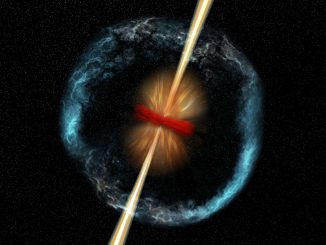
Chandra X-ray Observatory finds evidence for violent stellar merger
Gamma-ray bursts, or GRBs, are some of the most violent and energetic events in the universe. Although these events are the most luminous explosions astronomers can observe, a new study using NASA’s Chandra X-ray Observatory, NASA’s Swift satellite and other Earth-based telescopes suggests that scientists may be missing a majority of these powerful cosmic detonations.

Behind the scenes of protostellar disc formation
For a long time the formation of protostellar discs — a prerequisite to the formation of planetary systems — has defied theoretical astrophysicists. Now, researchers have made a breakthrough in our understanding of how protoplanetary discs form, demonstrating that chemistry and microphysics are crucial to the fundamental processes underlying star and planet formation.
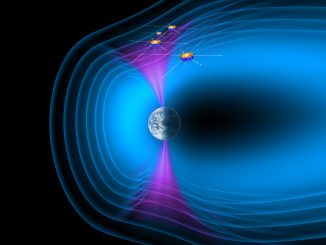
The curious case of Earth’s leaking atmosphere
Overall, about 1 kg of material is escaping our atmosphere every second. Every day, around 90 tonnes of material escapes from our planet’s upper atmosphere and streams out into space. Although missions such as ESA’s Cluster fleet have long been investigating this leakage, there are still many open questions. How and why is Earth losing its atmosphere?

The spider in the loop
This multicoloured swirl of yellow and blue shows a prominent ring of gas near the North Celestial Pole. The pole appears to be fixed in place, while the rest of the night sky slowly circles around it because of Earth’s rotation. This image comes courtesy of ESA’s Planck satellite, which spent years mapping the entire sky in exquisite detail between 2009 and 2013.
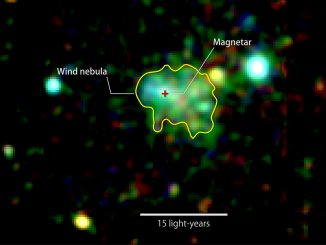
First “wind nebula” found around an ultra-magnetic neutron star, or magnetar
Astronomers have discovered a vast cloud of high-energy particles called a wind nebula around a rare ultra-magnetic neutron star, or magnetar, for the first time. The find offers a unique window into the properties, environment and outburst history of magnetars, which are the strongest magnets in the universe.
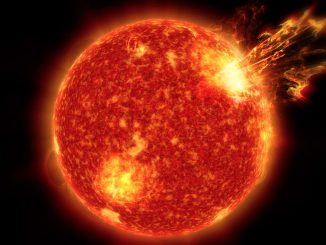
Sun’s adolescent storms may have been key to life on Earth
Some 4 billion years ago, the Sun shone with only about three-quarters the brightness we see today, but its surface roiled with giant eruptions spewing enormous amounts of radiation into space. These powerful solar explosions may have provided the crucial energy needed to create greenhouse gas in Earth’s atmosphere, warming the planet and incubating life.
